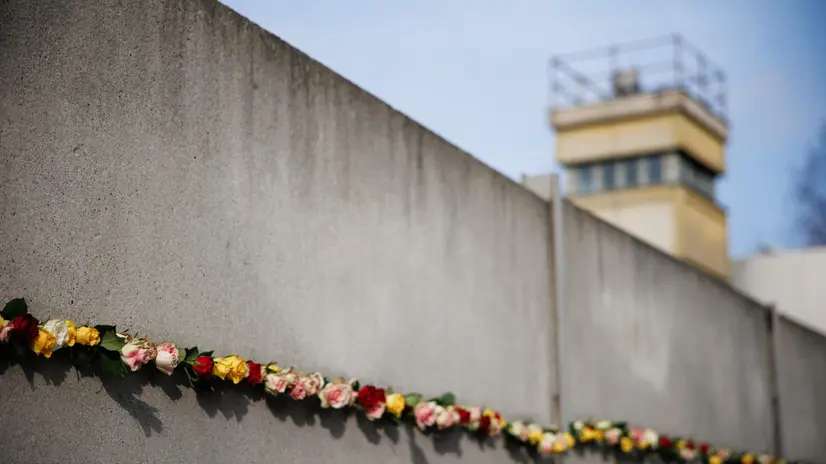Sessantaquattro anni fa iniziò la costruzione del Muro a Berlino

BERLINO, 13 AGO - Sessantaquatto anni fa, il 13 agosto 1961 fu iniziata la costruzione del Muro a Berlino: ai tedeschi dell'Est non sarebbe più stato possibile lasciare la Repubblica democratica tedesca (Ddr). Il Muro era infatti un modo per evitare la fuga di massa verso l'Occidente. Successe nonostante poco tempo prima Walter Ulbricht, il capo della Sed (il Partito socialista di Germania, il partito unico della Ddr), avesse assicurato che "nessuno ha intenzione di costruire un muro". Il Muro venne abbattutto solo alla fine del 1989. Pochi mesi dopo cadde anche il regime della Sed. Il 3 ottobre 1990 si realizzò l'unificazione tedesca. Nel 1961 l'allora borgomastro di Berlino Ovest Willy Brandt (che poi nel 1969 sarebbe poi diventato cancelliere federale) commentò la decisione di costruire il Muro con parole durissime: "la verità è che nelle ultime 48 ore il regime comunista ha ammesso di essere esso stesso responsabile della fuga dei tedeschi in Germania. Una cricca che si definisce governo deve cercare di imprigionare il proprio popolo. I pilastri di cemento, il filo spinato, le strisce della morte, le torri di guardia e le mitragliatrici: questi sono i segni distintivi di un campo di concentramento". "Uno dei compiti centrali delle scuole è fornire ai giovani una comprensione storica di questa profonda svolta nella storia tedesca" lo ha detto Anna Kaminsky, direttrice della Fondazione federale per l'elaborazione storica della dittatura della Sed in un comunicato. La fondazione chiede di studiare meticolosamente la storia della Ddr, e in generale di promuovere nelle scuole "tutte le iniziative che mirano ad ancorare la storia del regime comunista nella zona di occupazione sovietica nella Ddr e le sue conseguenze". Per le commemorazioni di oggi sono previste una serie di iniziative nella capitale e in altri Bundeslaender.
Riproduzione riservata © Giornale di Brescia
Iscriviti al canale WhatsApp del GdB e resta aggiornato
